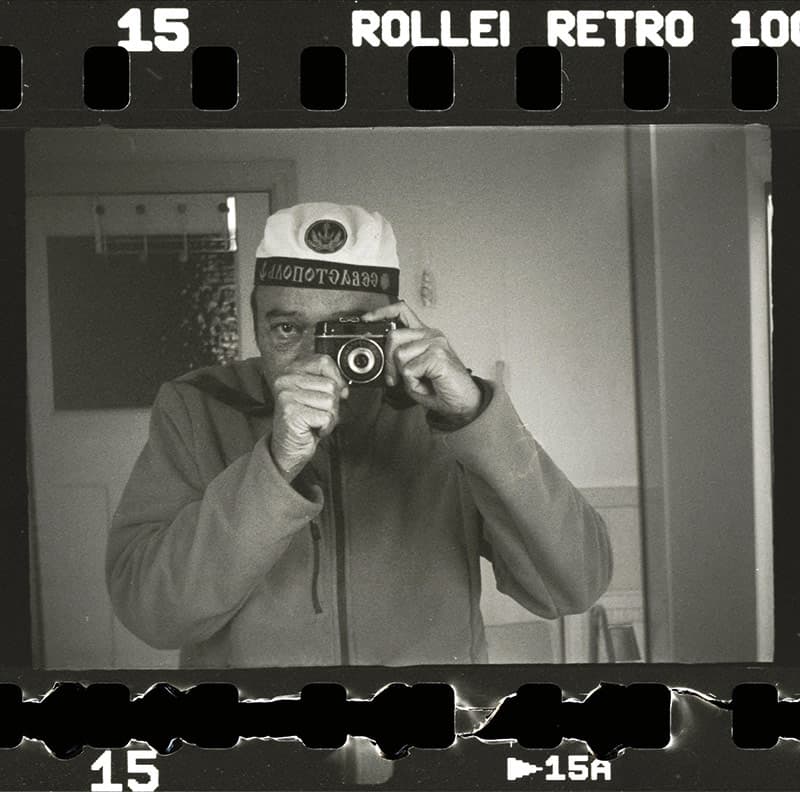I’ve always had a fondness for old Soviet cameras, and when I was getting into photography in the 1970s the Zenit SLRs and Zorki rangefinders, together with the Lubitel medium format twin-lens reflex, permitted an affordable entry into serious photography. If your interest was maintained it also allowed you to move on to something more expensive with some confidence.
The sheer quantity of Zenits and Zorkis that were sold here in the UK is evident in the frequency with which they turn up in boot sales, charity shops and online, but it wasn’t until the fall of the Iron Curtain that some of the lesser-known models, those which were not made for the export market, started to find their way West.
The Vesna is a cute, compact little number, but nevertheless has a very usable set of features. Like many Soviet cameras it is built around variations of the same core components, the T-22 40mm triplet lens and six-speed shutter, found in several of my Russian models, and despite their age I’ve yet to have one of these shutters fail.
Focusing is by scale, but the depth of field marks around the lens barrel reassure you that once you get beyond around f/8, there is plenty of leeway for guesswork. The distances are marked in metres, and curiously, the makers have chosen to use 1.4, 2, 2.8, 4, 5.6, and 11m. Maybe a knowledgeable reader will be able to throw light on what, if any, purpose was served by using the conventional ‘f’ number series as measurements. Another unusual feature is the frame size that at 24x32mm gives an aspect ratio of 3:4, instead of the 2:3 we expect from 35mm.
There is a neat little case, but it is made from very stiff leather-effect plastic material, making it awkward to use and making a mockery of the concept of the ever-ready case – in fact I opted to leave the case behind when I went out shooting.
Unlike most 35mm cameras, the Vesna lacks a take up spool, so you need to supply an old 35mm spool, or alternatively use an empty cassette that has the advantage of allowing you to remove and process the film at any point with the loss of only a frame or so. The Russian word Vesna translates as ‘spring’, but it’s clear that this one, with a serial number dating it to 1963, is in the autumn of its days.
I don’t want to be too unfair to the Vesna, as its shortcomings are probably at least in part due to age and poor maintenance rather than inherent design faults, but even allowing for that it can be a bit of a brute. After a few exposures I started to hear the unmistakable sound of tearing film when I wound on between exposures and resigned myself to coming up with some ‘interesting’ images.
When I developed the film I could see that the sprocket holes were shredded in places, as seen in the shot at the top of this page. Note that I have entered into the spirit by wearing a sailors cap with the name Sevastapol in Cyrillic characters.
More photos from the Vesna can be found here.
Tony Kemplen’s love of photography began as a teenager and ever since he has been collecting cameras with a view to testing as many as he can. You can follow his progress on his 52 Cameras blog at 52cameras.blogspot.co.uk.








